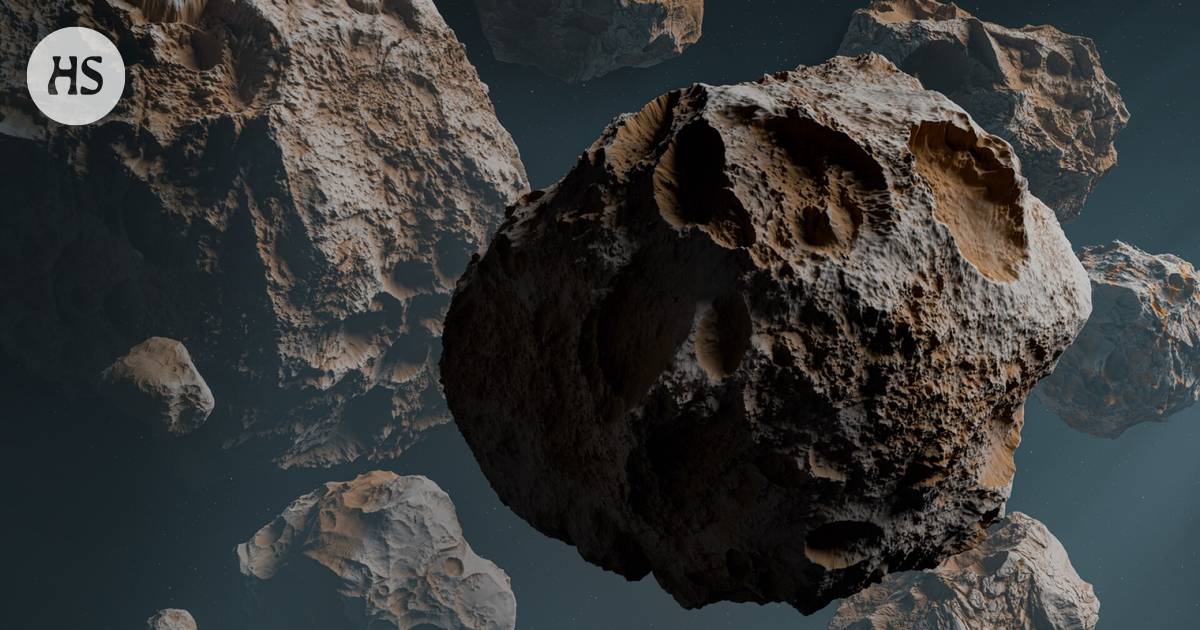Astronomy|The stones were divided into groups with the same parent body.
The summary is made by artificial intelligence and checked by a human.
About 50 meteorites hit the Earth every day.
Researchers have collected more than 50,000 meteorites.
Based on the appearance and composition, you can deduce how the pieces were created.
Previously, the origin of only six percent of meteorites was known, now the proportion has increased to 70 percent.
To the Earth keeps getting hit by space rocks. Every day, a maximum of 50 survive the fiery journey through the atmosphere and hit the earth as meteorites.
Researchers have collected more than 50,000 of them. They are trying to find out where they come from.
Now the mystery has begun to be solved. Scientists discovered that most of the meteorites that reach Earth come from three celestial bodies in our solar system. When they were destroyed, they formed the asteroid belt between Mars and Jupiter.
The recent findings are significant in scale. In the past, only six percent of meteorites have been able to find their origin, now the proportion has risen to 70 percent.
Related studies were published
Nature-
and Astronomy & Astrophysics – in scientific journals.
Meteorites were divided based on appearance and composition into groups whose members have separated from the same parent body.
“We were able to estimate it with a very high degree of certainty,” says the MIT University planetary scientist Nicole No In the journal Science.
However, only a small part of these groups could be definitely connected to their parent body: they had come off from either the Moon, Mars or the asteroid Vesta. It is one of the largest bodies in the asteroid belt.
The remaining stones were more difficult cases. A large part of them seems to come from the same place, but from where? They are usually gray in appearance, and they are called “dull” stone meteorites.
Researchers divided rock meteorites into two groups based on whether they had high or low iron content.
Based on their composition, high-content meteorites were exposed to space radiation for the first time 5–8 million years ago, when their parent body disintegrated.
To find the parent body, scientists look for clusters of small asteroids and estimate their age by measuring the distance between the rocks and calculating the ratio between small and large asteroids. They found two matching groups of rocks, both from the Koronis asteroid.
Low-density meteorites were dated using limestone deposits to 466 million years ago, when a large number of meteorites suddenly began bombarding the Earth.
The chemical composition of many of the rocks also indicated a more recent impact, which occurred 40 million years ago. The boulders from both impacts probably came from the Massalia asteroid.
Finally scientists were trying to date rare carbonaceous meteorites, which make up less than five percent of Earth’s meteorites. However, up to half of the mass of the asteroid belt is made up of carbonaceous rocks.
The researchers found that only one group of carbonaceous asteroids has comets of the right size: small enough to reach Earth, yet large enough to penetrate the atmosphere.
It is the eight-million-year-old Veritas asteroid group.
There was one more puzzle associated with carbon meteorites. If half of the mass of the asteroid belt consists of carbonaceous rocks, why do so few of them reach Earth?
The researchers speculated that it is the fragile structure of carbon meteorites: they are more likely to disintegrate in the atmosphere than rock meteorites and spread to the Earth as fine dust.
Published in Tiede magazine 14/2024
